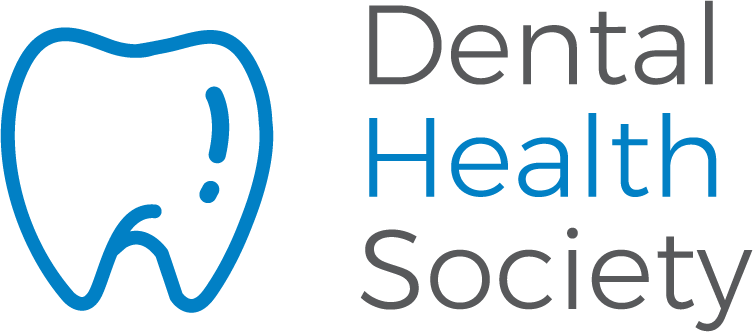Believe it or not, you lose—and regrow—a little bit of bone every day of your life. Age, trauma, and disease can interrupt or slow down the rebuilding process, resulting in diminished bone density. This can make bones weak, fragile, and unstable.
Bone loss in the jaw is particularly troublesome. Strong jawbones, also called the maxilla (upper jawbone) and mandible (lower jawbone), are essential for oral health. They anchor the teeth, giving them the secure foundation and proper alignment necessary for chewing and speaking. The jawbone also provides a framework for the facial muscles, maintaining the face’s shape and structure.
Losing bone mass in the jaw poses a danger to one’s teeth and overall well-being. Learning the causes and recognizing the symptoms of a deteriorating jawbone are both crucial to getting prompt treatment. Here are the signs and contributing factors that could indicate you have dental bone loss.
What Causes Jawbone Loss?
Bone loss (resorption) and bone regeneration (ossification) are natural processes. Resorption involves cells called osteoclasts that break down old bone tissue and dissolve it into the bloodstream. Osteoblasts are cells that build new bone tissue during the process called ossification. This constant rejuvenation of bone in the jaw is what allows teeth to move and reset during orthodontic procedures like braces or Invisalign. It is also responsible for the natural healing that fuses a dental implant into place.
People begin losing bone mass when ossification can’t keep up with resorption. Age is one of the biggest factors in bone loss. Duke’s Textbook of Orthopedics estimates that a baby’s entire skeleton is replaced through resorption by the time the child turns a year old. Adult bones, on the other hand, regrow at only about 10% per year.
In addition to age, other things can contribute to bone loss in general, and jawbone loss in particular:
- Missing teeth
- Injuries or trauma to the bone
- Gum disease (periodontitis)
- Poor nutrition
- Chewing tobacco
- Teeth grinding (bruxism)
- Bacterial bone infection (osteomyelitis)
- Osteoporosis
- Rheumatoid arthritis
- Cancer or chemotherapy
Missing teeth leave an empty space that doesn’t get the normal amount of stimuli from chewing. This causes osteoblasts to quit working. The other causes on the list may damage the bone beyond its ability to repair itself naturally. People with any of these issues should be alert to the possibility that they might experience dental bone loss.
What Does Dental Bone Loss Feel Like?
The symptoms of dental bone loss may be too subtle for a patient to notice right away, but a dentist can detect deterioration with X-rays during a routine checkup. This is a good reason to be vigilant about seeing a dental professional every six months—or more often if the dentist feels you’re at high risk for bone loss. Not only can they diagnose the problem, but treatment can begin right away.
When it is noticeable, jawbone loss can show up in the following ways:
- Jaw pain
- Difficulty chewing
- A misaligned bite
- Loose or shifting teeth
- Losing a tooth
- Sunken or sagging facial structure
- Change in denture fit
Experiencing any of these problems could indicate dental bone loss. Make an appointment with a dentist right away.
Why Jawbone Loss Matters
Bone loss in the jaw can lead to a number of serious dental health issues and can have a direct impact on quality of life. A misaligned bite can be painful and make it hard to eat and speak. There is also a greater chance of teeth breaking or falling out. And the deterioration, like missing teeth, can make the entire face look older with sunken cheeks, a puckered look around the mouth, and a permanent frown.
Diagnosing and Treating Bone Loss in the Jaw
Bone deterioration shows up in X-rays, but the dentist might also suggest a bone mineral density (BMD) test. A BMD test measures the calcium and other minerals in bones and is used to diagnose osteoporosis. Osteoporosis is a bone disease that can affect not only the jawbone but the rest of the body. CT scans and MRIs may also be helpful to identify bone loss.
Treatment for bone loss in the jaw varies depending on its cause.
- Dental implants to replace missing teeth can help stimulate natural bone regrowth.
- A bone graft or guided bone regeneration (GBR) procedure using natural or artificial bone tissue can encourage new bone cells to grow.
- Medication or hormone therapy for the treatment of osteoporosis or other bone diseases.
- Removing the diseased bone (often followed by a bone graft) is recommended when illnesses like cancer have deteriorated the tissue.
These are all surgical procedures for more advanced cases of jawbone loss. The best course of action is to avoid dental bone loss if possible. This means practicing good oral hygiene, getting regular checkups, and following a diet of foods rich in calcium and vitamin D.
Most importantly, do not ignore things like missing teeth or ill-fitting dentures. These may cause bone loss or worsen it if it already exists.
See a Dentist for Healthy Bones and Teeth
If you are experiencing the symptoms of jawbone loss, or if you have health issues that may contribute to a decrease in bone mass, talk to your dentist. They will be able to monitor your dental health and address any issues before they become serious. Use our online search tool to find a dental professional near you.


